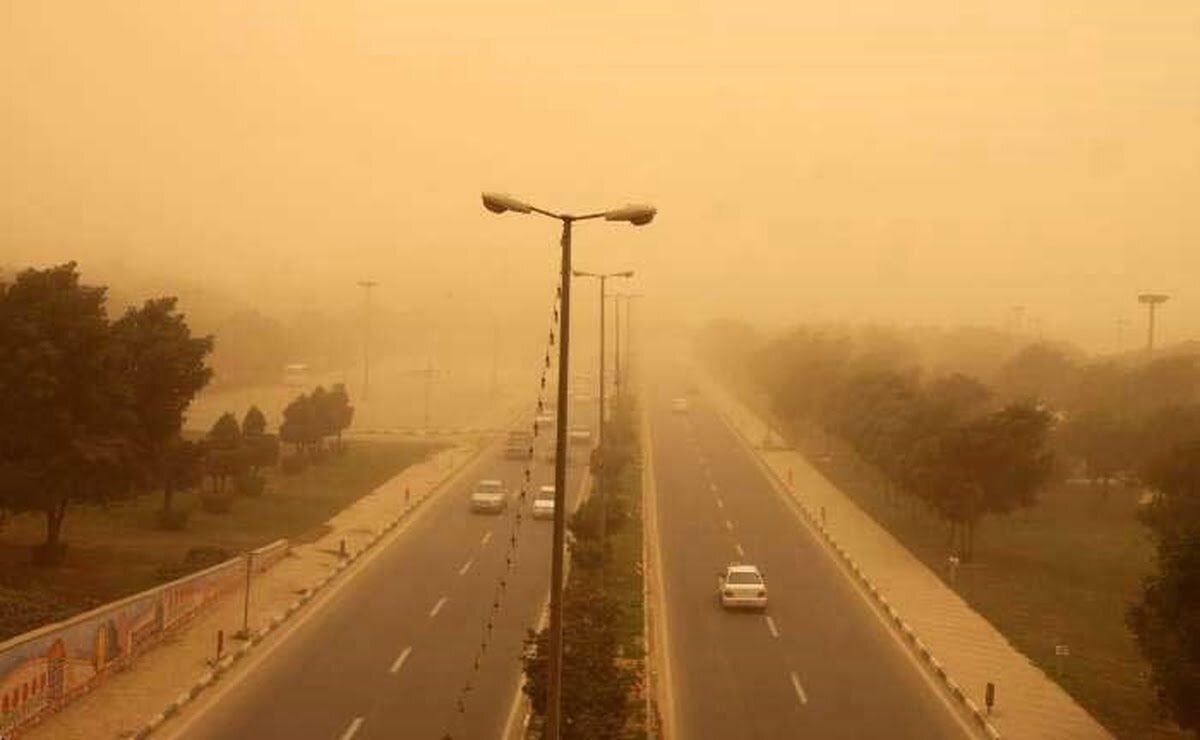Effective actions taken to tackle SDSs

TEHRAN - Over the past two years, the Department of Environment has made a great effort to deal with the hazardous impacts of sand and dust storms (SDSs) on the health of people by adopting various measures.
To begin with, it has allocated some 8.15 trillion rials (about $16.3 million) to mitigate the impacts of sand and dust storms.
Planting trees across sand and dust storms hotspots, protecting and managing pastures, dredging rivers and improving canals to supply water to wetlands that have become sources of sand and dust storms, conducting runoff water management projects to increase soil moisture, expanding vegetation, environmentally friendly mulching in five provinces of the country, are some other measures that have been taken.
Other actions include holding an environmental summit with the presence of international organizations including UNDP, UNEPT, ESCAP, APDIM, FAO, WMO, and UNESCO, as well as representatives of eleven countries.
In addition, a conference on SDSs was held on the sidelines of a ministerial meeting in July. Several countries and international organizations such as ESCAP, APDIM, and ECO participated in the meeting.
Mitigating actions also include signing five memorandums of understanding to cooperate with the UAE, Iraq, Syria, Turkmenistan, and Armenia to implement field operations to combat SDSs.
And following up on the agreements reached on dealing with sand and dust storms is another measure taken to minimize the impact of SDSs.
Intl. conference on combating SDSs
The Department of Environment has set up a secretariat for the international conference on combating sand and dust storms which is scheduled to be held in Tehran on September 9-10.
In February, DOE chief Ali Salajeqeh said that based on the successful experiences of the Islamic Republic of Iran in the field of combating sand and dust storms, the United Nations introduced Iran as the host of the international conference on combating sand and dust storms, IRIB reported.
Arrangements have been made with the Ministry of Foreign Affairs and in July, this meeting will be held in Tehran with the presence of the environment ministers of the world countries, Salajeqeh said.
One of the approvals of the regional meeting of environment ministers, which was held in Iran last summer, was the establishment of a regional dust organization, he highlighted.
“Environmental diplomacy is the main priority for the country's political diplomacy, so holding the conference on combating sand and dust storms is important for us.”
Tehran conference
In July 2022, Tehran played host to a conference of ministers and officials from 11 countries, aiming to boost cooperation for resolving extant environmental problems, especially sand and dust storms.
Environment ministers of Iraq, Armenia, the United Arab Emirates, Oman, Syria, and Qatar, as well as deputy ministers of Azerbaijan and Turkmenistan along with delegations from Turkey and Uzbekistan, participated in the event which was held with the theme of “Environmental Cooperation for a Better Future.”
Addressing the opening ceremony, President Ebrahim Raisi emphasized that the preservation of the environment is essential and an inevitable priority.
Raisi had earlier obliged the Department of Environment to diligently pursue the solution of sand and dust storms through diplomacy and international forums, as well as interaction with neighboring countries.
“Conservation of the ecosystem and environment, which is a global concern, especially for countries of the region, is an inevitable priority today. If the environment is not safe and peaceful for people, the development will not be in its proper place and it will even become a threat to human health,” Raisi stated.
SDS impacts
The SDSs phenomenon has been plaguing the country for several years and has caused problems in many provinces.
According to experts, natural and human factors are involved in the occurrence and severity of this phenomenon which is mainly caused by excessive consumption of water and drying up reservoirs.
Over the recent years, the precipitation rate has been on a downward trend, as a result, sources of sand and dust storms have increased compared to a year before, Ahad Vazifeh, head of the national center for drought and crisis management, said.
Declining water levels in dams and lakes mean that water available to humans has been reduced and the dust-raising areas have been increased, he lamented, ISNA reported.
But, all the SDSs sources are not located in Iran, 300 million hectares in the neighboring countries are giving rise to SDSs, which transport dust into Iran. The total dust density is estimated at about 150 million tons.
Letizia Rossano, the director of the Asian and Pacific Centre for the Development of Disaster Information Management (APDIM), said in June that Iran is really at the forefront of understanding the problem of sand and dust storms as well as dealing with it.
Leave a Comment